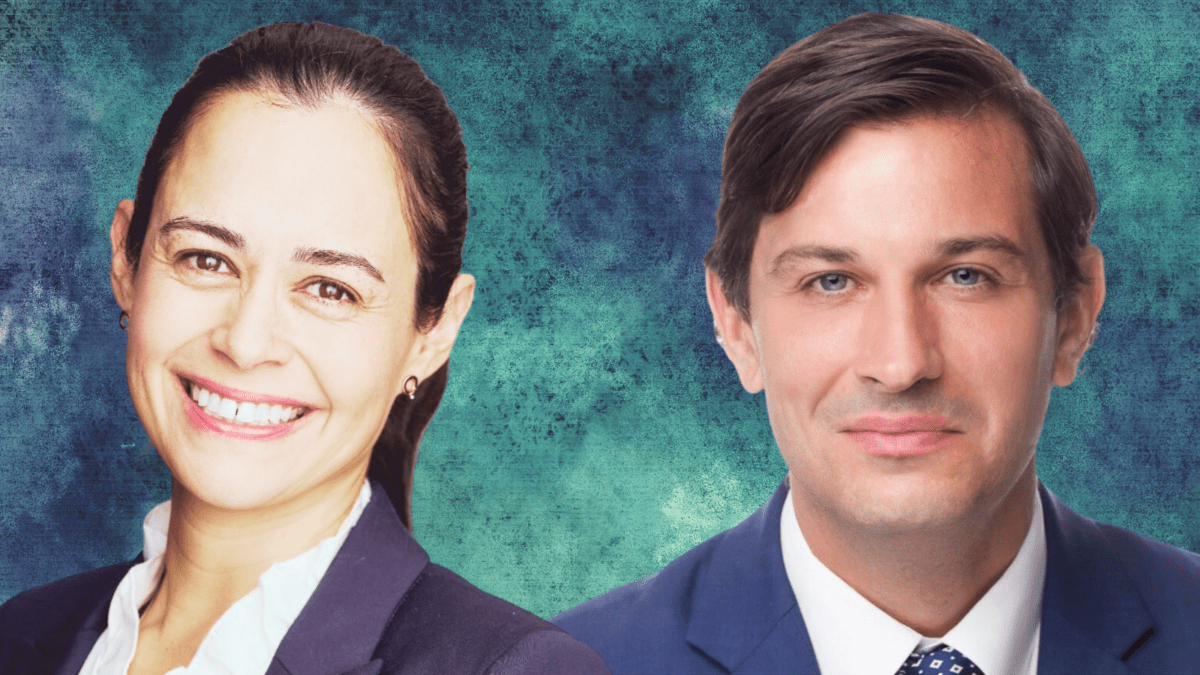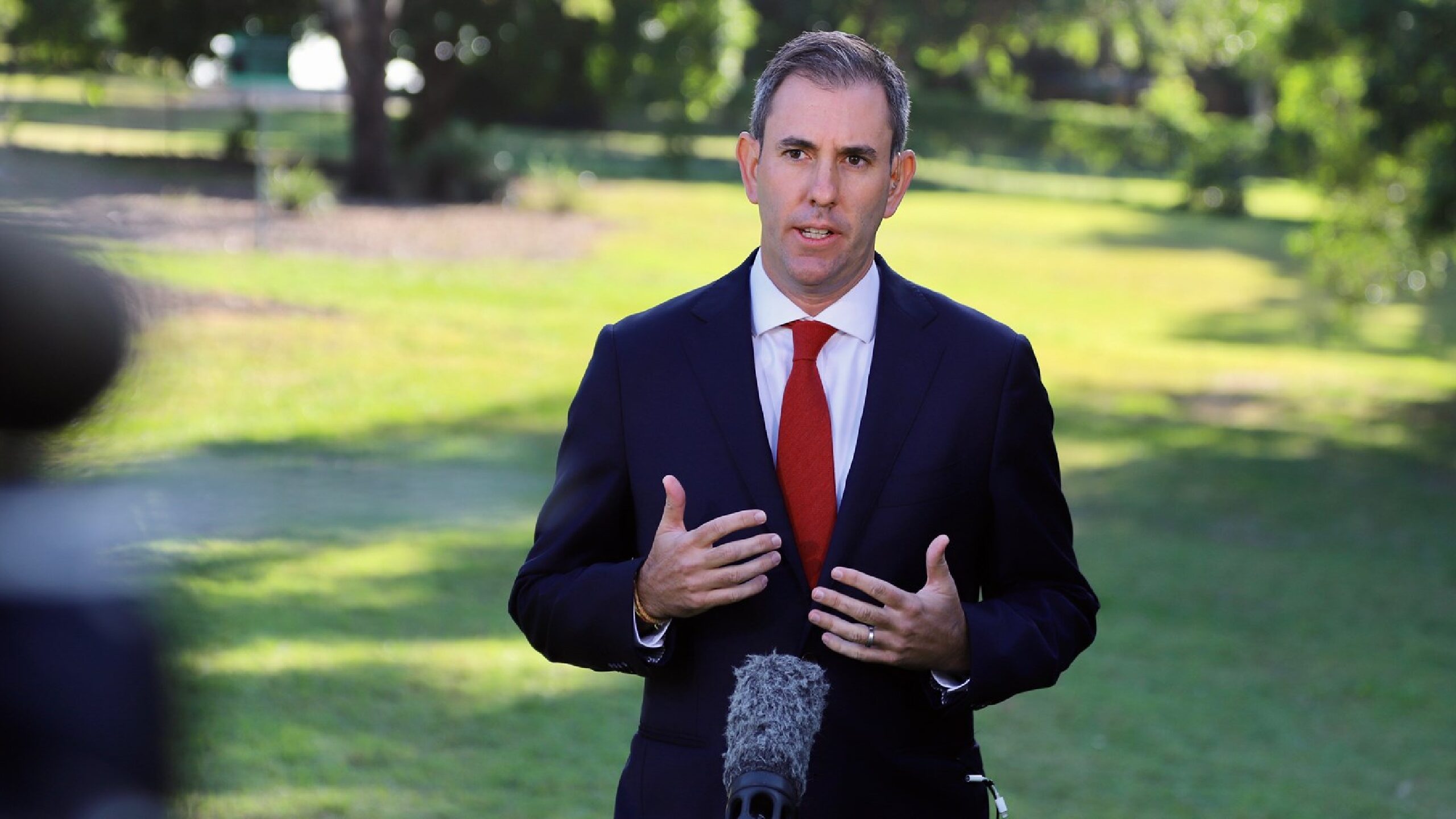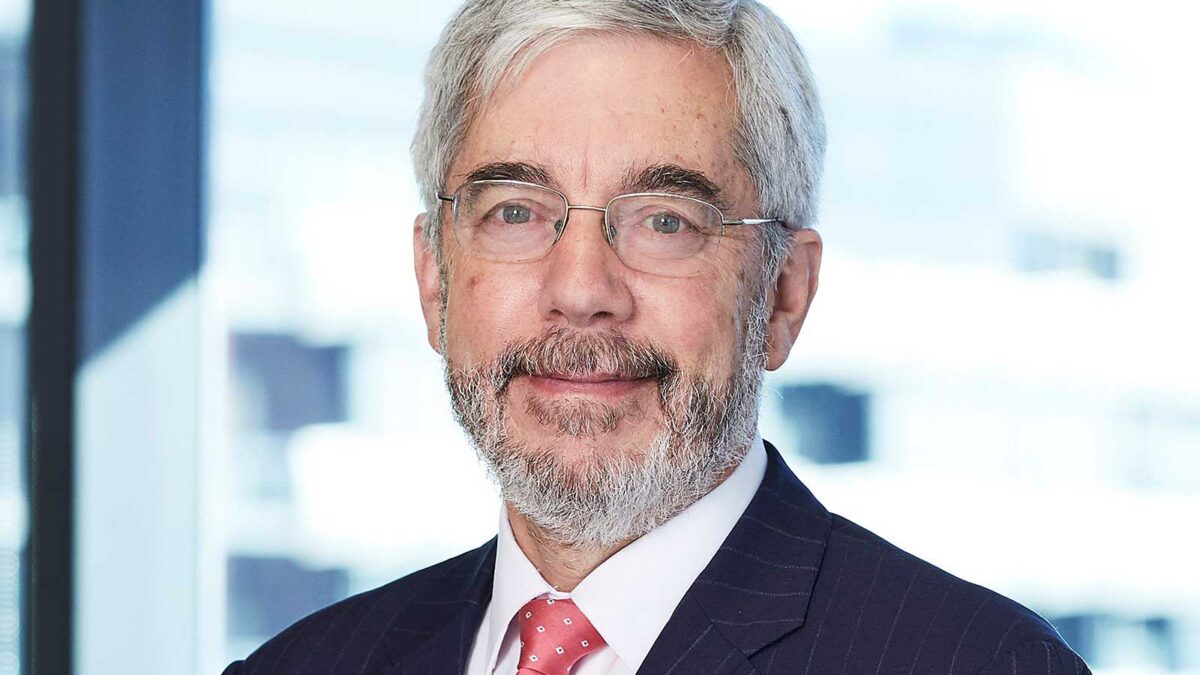Three themes to prepare investors for the new economic regime
The world has entered a new regime that will be characterised by greater macroeconomic and market volatility – but we shouldn’t worry too much, according to Blackrock’s Ben Powell (pictured, right), who says the seismic changes represent new, and different, investment opportunities as much as they bring heightened risk.
“Over the last six or seven months, we’ve seen more evidence that we are indeed in a different market, economic, even geopolitical environment, which matters for investments,” Powell, chief investment strategist for APAC at the BlackRock Investment Institute (BII) said recently in giving the institute’s mid-year outlook. “We are continuing in the same vein of thinking, but it’s not a trivial thought that we are in a totally different regime.”
For investors who don’t want to be blindsided by the changes, it’s important to adjust to the new context and get on the “right side” of new opportunities, Powell said. This requires being agile and granular, as well as an awareness of how the current changes – increasingly binding constraints around demographics, labour markets and the energy transition – are likely to shape new investment opportunities.
Powell identified three investment themes that should guide investors over the second half of 2023, beginning with expectations around the Reserve Bank of Australia’s future rate moves and the idea that the bank is likely “holding tight”.
“Inflation has come down somewhat from the very high levels of a year ago, but we’re not there yet,” he said. “And our sense is that central bankers fully understand that declaring victory too early would be a mistake, and potentially an expensive mistake.”
The next theme is the need to adapt and pivot to new opportunities, as the ‘set and forget’ era is giving way to a more complicated world that requires investors to be more dynamic and granular. For instance, just being long risk will likely no longer be enough – investors will need to be more specific as to the kind of risk they want in portfolios, rather than being broadly risk-on or risk-off.
Finally, investors should be ready to harness so-called mega-forces like artificial intelligence (AI), which is “clearly driving market performance” and has more room to run. Increasingly binding constraints around demographics, labour markets and the energy transition, as well as what BII calls “globalisation rewired” – dissociated supply chains and capital markets driven by political reasons – are challenges, but they also represent ways to pivot to new opportunities, Powell said.
These considerations have prompted BII to prefer emerging-market over developed-market equities, he noted. “Strangely, emerging markets have less of an inflation problem than many developed markets; normally, emerging markets almost by definition suffer more when anything bad happens. But this time around, the inflation problem seems to be more of a Western problem.”
Fixed income’s year
Tamara Stats (pictured, left), iShares ETF and index investment specialist at BlackRock Australasia, said flows in exchange-traded fund (ETF) products bear out a more challenging view of the economy, as traders flocked to defensive assets. Globally, fixed income flows are at US$76 billion year-to-date, compared with $40 billion in equity flows.
“Really, it’s a year of fixed income, which is quite a feat given some of the challenges that fixed income incurred over the course of 2022 and the continued tightening from developed-market central banks this year,” she said.
BlackRock has also seen increased allocations into emerging markets in 2023, she said, noting that these exposures have remained broad rather than granular.
“Emerging markets is something that we’re reasonably positive on from a valuation perspective as well as where they are in their monetary policy cycles: the opposite to where the developed markets are,” Stats said.
Because the “everything goes up” backdrop is changing, investors are having to become more granular and nimble in their portfolio decision-making, she said.
“We’re not in an environment anymore where low interest rates and the forever central bank put are able to inflate asset prices across the board. Markets are performing, but it doesn’t really feel benign.”









